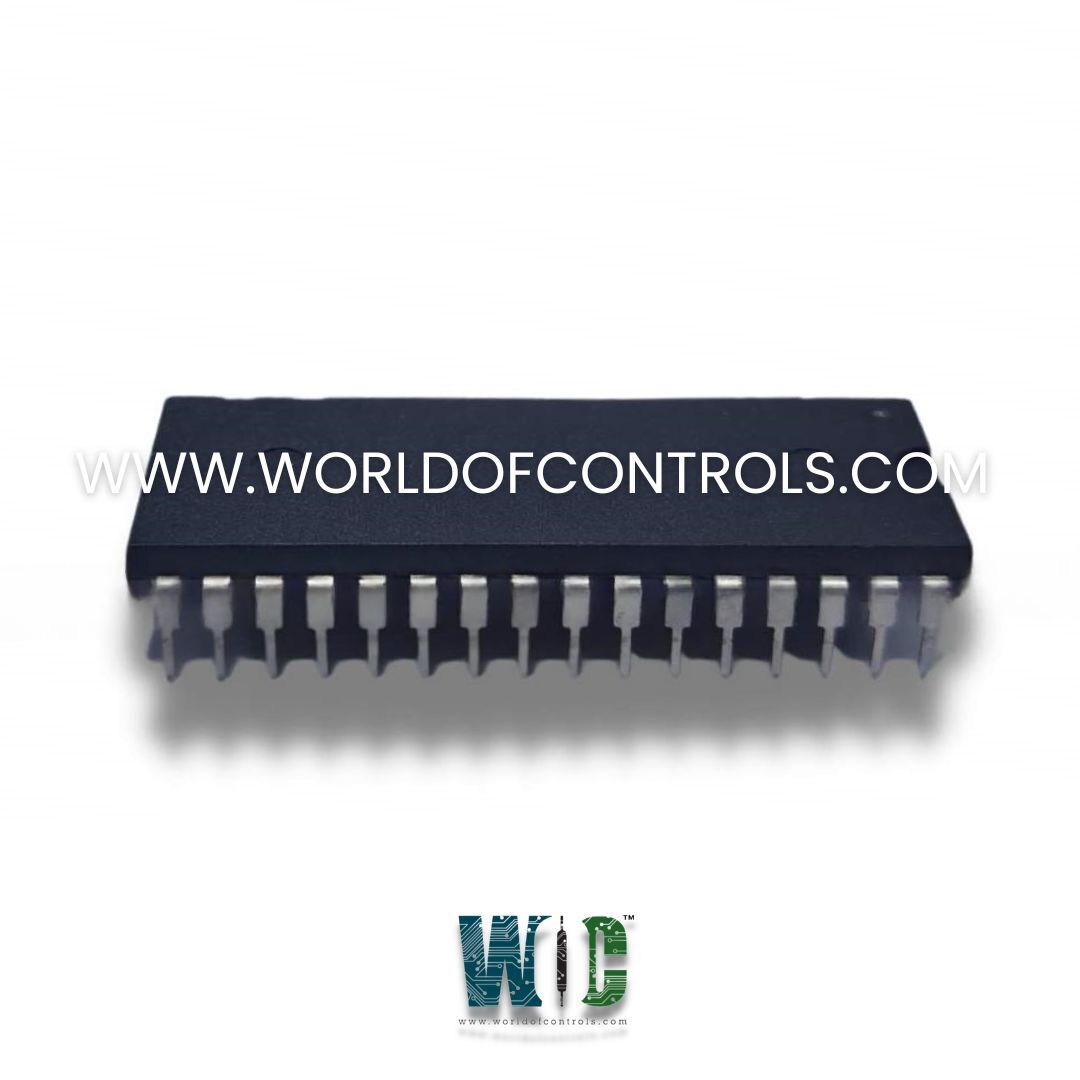
World Of Controls understands the criticality of your requirement and works towards reducing the lead time as much as possible.
DS200ADCIF1A - IC Chip Prom Se is available in stock which ships the same day.
DS200ADCIF1A - IC Chip Prom Se comes in UNUSED as well as REBUILT condition.
To avail our best deals for DS200ADCIF1A - IC Chip Prom Se, contact us and we will get back to you within 24 hours.
Part Number: DS200ADCIF1A
Manufacturer: General Electric
Country of Manufacture: United States (USA)
Series: Mark V
Function: IC Chip Prom Set
DS200ADCIF1A is an IC Chip Prom Set developed by GE. It is part of the GE Speedtronic Mark V control system. Designed to provide reliable data storage and program execution, this chip set plays a critical role in the functionality of the Mark V control system, which is widely used for monitoring, control, and protection of industrial gas turbines. The PROM (Programmable Read-Only Memory) stores essential firmware and configuration data required for turbine operations and diagnostics, ensuring consistent and efficient performance of the control system.
WOC has the largest stock of Mark V Spares, and we can repair your faulty spares with a warranty. WORLD OF CONTROLS can also supply unused and rebuilt components backed by a warranty. Our team of experts support your needs related to GE spares. Contact us.
What is DS200ADCIF1A?
It is an IC Chip Prom Set and is part of the GE Speedtronic Mark V gas turbine control system.
What happens if one of the controllers gives an incorrect value?
With the voting algorithm, if one controller provides an inconsistent or incorrect value, it is outvoted by the other two. The system continues to function normally, ensuring fault masking without immediate failure.
What role does the C controller play in this setup?
The C controller manages communications, including human-machine interface (HMI) operations, alarms, and logging. While it doesn't participate directly in control voting, it plays a crucial role in monitoring and diagnostics.